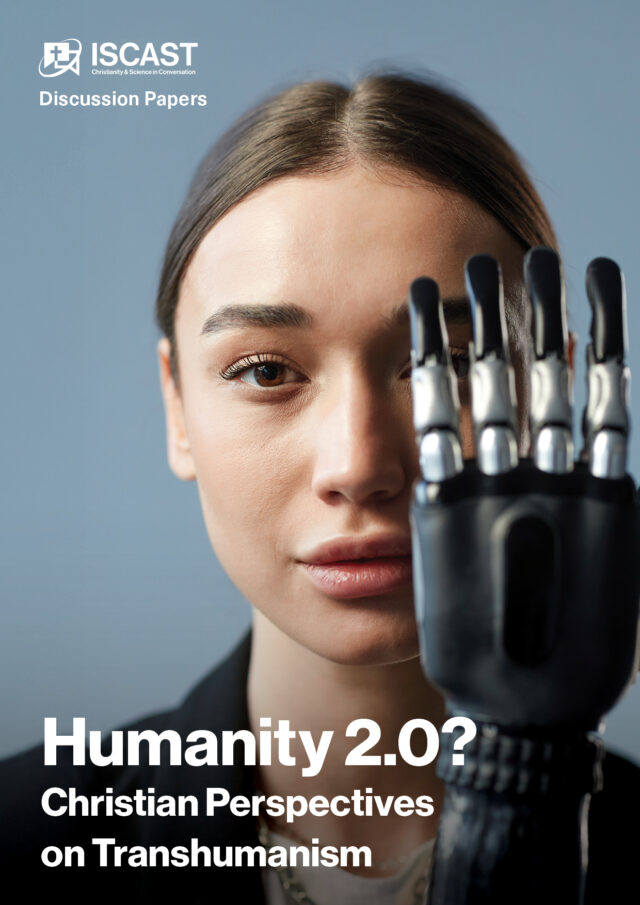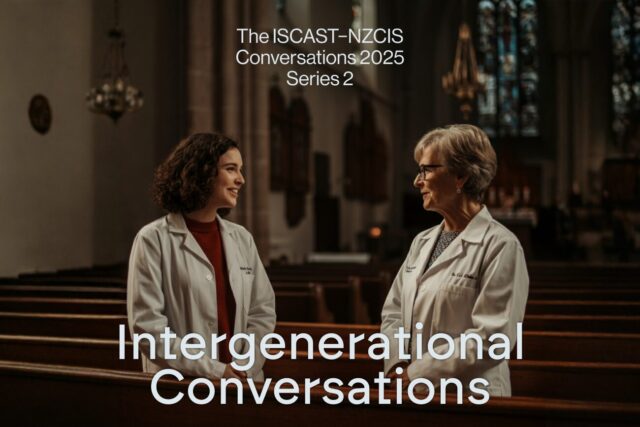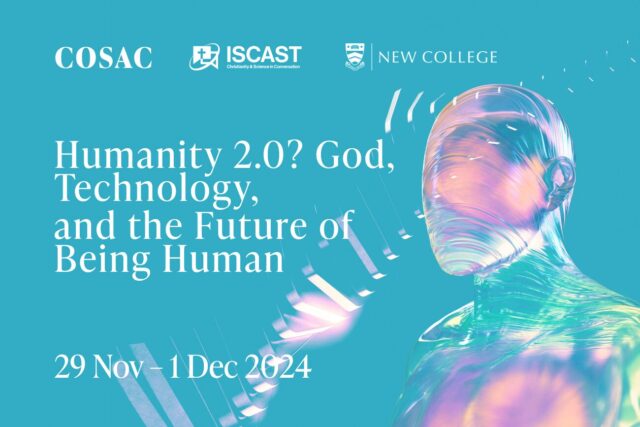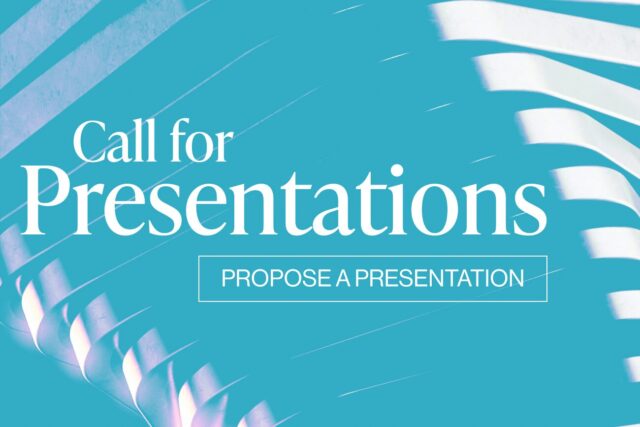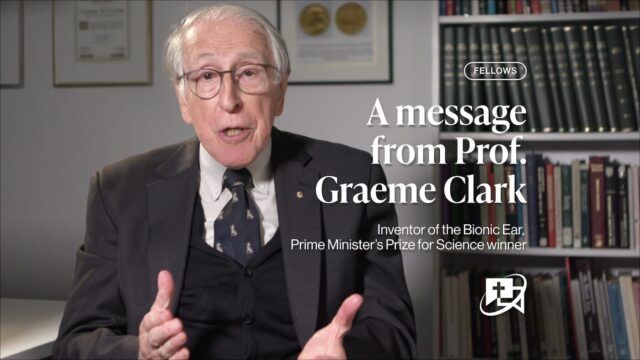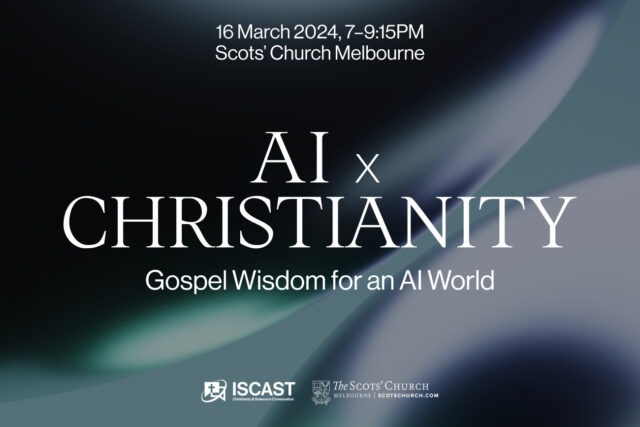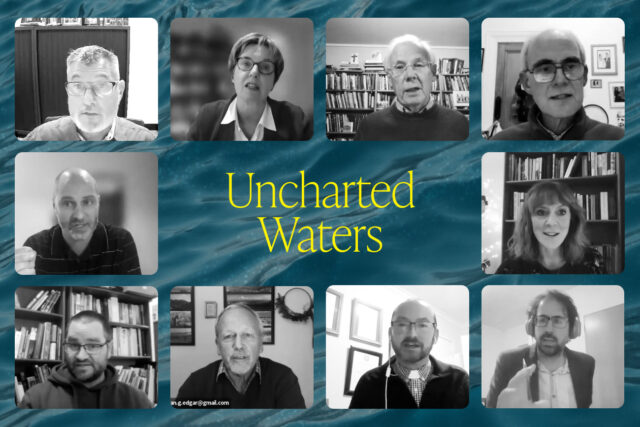

This is one paper arising from the Wicked Problems Symposium in Victoria in 2018. Click here to return to the summary report and links to the other papers.
Professor Andrew W Wood BSc (Hons) (Bristol Univ, UK), MSc (Univ of East Anglia, UK), PhD (Univ of London, UK). Department of Health and Medical Sciences, School of Health Sciences, Swinburne University of Technology, Melbourne. ISCAST Fellow. awood@swin.edu.au
The roll-out of modern communications technologies as a wicked problem: What a Christian perspective can add to help find workable solutions
The roll-out of modern communications technologies, specifically 5G, represents a good example of a wicked problem, because there are conflicting perspectives on possible harmful effects on people. This has been quickly taken up by the media, who are eager to juxtapose polarised views, as a way of encouraging readership or engagement. When protesters take to the street to demonstrate over the rapid roll-out of 5G with what is perceived as a lack of health research being done, this gains immediate media attention. When it is claimed that the technology represents the ‘greatest threat to humanity we have ever faced’ (Stop5G, on Facebook) this is bound to increase anxiety in parts of the community, particularly those who are not adopters of new technology and perceive an imposed threat from those who do. In recent years affected individuals have taken their grievances to the law courts, who have effectively decided on scientific questions via legal processes. So, is there basis to these rather alarmist claims?
Let us be reminded that much of modern technology relies on the distribution of electric current and the transmission of electromagnetic energy in order to operate. This involves incidental public exposure to electric and magnetic fields, unless very expensive and impractical measures are taken. The fact that there is sufficient evidence, mainly from epidemiological surveys, for the International Agency for Research on Cancer (IARC) to categorise magnetic fields and radiofrequency (RF) radiation as ‘possibly carcinogenic to humans’ underlies the concerns that many in the community have, particularly regarding children’s health, when it comes to new technologies. In relation to radiofrequency, recent large-scale experiments on the lifetime risk of illness (particularly tumours) in laboratory animals has been the stimulus for 300 or so scientists from around the world to lobby IARC and other bodies to re-examine the categorisation, with a view to moving it higher, to ‘probably carcinogenic’. On the other hand, many have questioned the validity of concluding a causative link. For example, it is possible to use the risk estimates from epidemiology to predict the number of cancer cases based on the growth in number of phone handsets in use (which has gone from zero in 1980 to now, a number greater than the world population, since many people possess more than one handset). Even allowing for a latency of 15–20 years between first exposure and diagnosis, the brain cancer rates would be expected to have now soared, based on these estimates. Brain cancer rates have remained flat, or have shown a very slight increase, perhaps due more to a population living longer (and becoming more prone to cancer with age) and secondly, more precise medical imaging techniques, rather than an underlying increase in incidence. Thus, if there is a real risk due to phone use, it is undetectable using this population data.
The thirst for higher data transfer rates and shorter latencies in telecommunications is driving the present roll-out of 5G technologies, as well as the Internet of Things (IoT) and other recent innovations, such as ‘wearables’. The ready uptake of technologies such as 3 and 4G shows that the vast majority of people are prepared to take what may be a small risk in order to enjoy the benefits. Although initially 5G will use the same frequencies as 4G, as market uptake proceeds, higher frequencies will be needed. For many, there is a perception that the health effects of these higher frequencies are under-researched. In fact, some regard the 5G roll-out as a ‘dangerous experiment on humanity’ and a technology ‘that might just kill you’ (RT America, via Youtube). However, these higher frequencies don’t represent higher intensity, they represent shorter wavelengths and shorter absorption distances (mainly in the skin outer layer). In fact, these frequencies have been in use for several decades in the areas of radars and other imaging applications rather than telecommunications. Even the familiar speed cameras use these higher frequencies. Regarding the segment on RT America just mentioned, it has been conjectured (stopfake.org, a Ukrainian site) that since ‘RT’ represents ‘Russia Today’ there is a deliberate attempt, by Russia, to stall 5G rollout in the US in order for Russian technology to gain market advantage by getting in first.
As with most areas of modern technology, with overwhelming benefits also come risks. Even ‘green’ technologies such as hydro-electric generation come the risks of ruptured dams and industrial accident during construction (121 people died in constructing the Snowy Mountains Scheme, for example). X-rays are a well-accepted form of medical imaging (including CT imaging) but there is a risk of cancer induction with each X-ray undergone. With RF, the estimates of risk associated with ‘heavy use’ vary widely, from zero to two or three-fold (of certain types of brain or nervous system cancers). There is thus some uncertainty, with many agencies advocating further research, for example WHO Public Health and Environment division, https://www.who.int/peh-emf/publications/facts/fs304/en/, which incidentally appears to come to different conclusions from IARC (above), which is also part of WHO. The groups of scientists convinced of deleterious health effects tend to be vociferous and hence lead to erosion of public trust of government agencies, despite the agencies’ endeavours to find ‘best’ conclusions. The world is demanding ‘yes/no’ answers when science can only work deliberatively within the bounds of uncertainty.
The issue thus has the classic features of a ‘wicked problem’: the issue can never be solved definitively; stakeholders have radically different world views for understanding the problem; the solution depends on the way the problem is framed and the approach to producing a workable solution is constrained by lack of resources and a need to roll out technologies quickly, to maximise market share.
So, is there a ‘Christian’ perspective on this? There is certainly a moral one, and those practitioners of scientific research are mostly acutely aware of the limits of scientific endeavour and the myth of ‘value-free’ science, that is, the idea that scientific results are untainted by emotions, prejudices, ambition and jealousies. As an activity carried out by humans, with human failings, even subtle hyperbole and embellishments (‘prettying up of data’) can distort systematic review. With larger numbers of research teams chasing a shrinking pool of funding, there are ample opportunities for ‘gaming the system’ and ‘doing what it takes…’. The dependence of young scientists on continued funding to establish a career places a particular burden on them to produce results which are worthy of publication. The demands on time of senior researchers may lead to inadequate results checking and quality control. The large inter-disciplinary collaborations in many research projects can lead to miscommunication of essential methodological or analytical details.
In an atmosphere of polarised views there is ample evidence of those at extremes overstating their cases, with a suspicion of scientists behaving badly [1,2]. Dubious practices include suspicions of sponsors influencing outcomes; data manipulation (‘p-hacking’); inadequate quality control of methodology; research driven by the need to produce good metrics (quantity rather than quality) and in a small number of cases, fraud. These all contribute to the overall poor reproducibility and erosion of public trust. For example, a survey published in Nature [3] revealed that 77% of biologists were unable to reproduce experiments of others and 60% of their own experiments. Open Science initiatives (see for example https://osf.io/) and pre-registration of protocols are to be applauded in an effort to improve reproducibility. Research Integrity Policies are now in place in most universities and research institutions: although many individuals are driven by a desire to see fairness and transparency in place, there is an overarching concern about wasted resources in poor scientific practices.
Those scientists who have a religious and specifically Christian faith should certainly be aware of their commitment to honesty and fairness in their contributions to research and their accountability to God. Since most science is a group rather than individual activity this can involve making a stand against opinions of colleagues and a willingness to withdraw authorship of papers where there is lack of confidence of validity. Again, there are plenty of examples of those without a religious or Christian commitment doing this, on the grounds of fairness and integrity. There are additional reasons for Christians to enthusiastically embrace good science. Tom McLeish [4] has written on the role of science in participative reconciliation with nature and its redemptive activities (building better a quality of life). As Christians pray ‘thy kingdom come’ they long for truth and fairness to prevail: doing good because of the good they have received. Micah 6:8 states: ‘He has shown you, O mortal, what is good. And what does the Lord require of you? To act justly and to love mercy and to walk humbly (or circumspectly) with your God’. These words are a salient reminder of the correct human response to a loving God wishing to pursue intimate relations with his people.
In relation to electromagnetic fields, it is instructive to be reminded that the scientist who was most responsible for the 19th century developments that led to modern telecommunications was the Scot, James Clerk Maxwell. The so-called ‘Maxwell’s Equations’ represent the foundation of wireless technologies (radio, TV, Wifi, mobiles, IoT, smart meters and so on). These Maxwell’s equations are precisely what my research group use to quantify the absorption of 5G-type energies in tissues of the skin and eyes. Maxwell was committed to unification of natural laws: the formerly separate phenomena of electricity, magnetism and light were united by his endeavours. He gave his name to the ‘Maxwell’s Demon’ thought experiment and the ‘Maxwell-Boltzmann distribution’ in connection with molecular motions. In his view, the uniformity of molecules throughout space and time and the uniformity of the laws of the universe could only be explained through God. As a person embedded in the application of scripture to science, he wrote:
At the same time I think that each individual man should do all he can to impress his own mind with the extent, the order, and the unity of the universe, and should carry these ideas with him as he reads such passages as the 1st Chap. of the Ep. to Colossians … just as enlarged conceptions of the extent and unity of the world of life may be of service to us in reading Psalm viii.; Heb. ii. 6, etc. (in [5], emphasis added)
He was of the firm view that mysteries were there to be uncovered and would, in turn, lead to more mysteries to solve, as God allowed us to explore. He saw in this uncovering an invitation to search further: in his words
I have endeavoured to show that it is the peculiar function of physical science to lead us to the confines of the incomprehensible, and to bid us behold and receive it in faith, till such time as the mystery shall open [5].
To summarise, the societal costs of ‘getting it wrong’ with respect to this particular ‘wicked problem’ are huge (on one hand denied benefits of mobile health, emergency response, keeping in touch with friends and relatives, and so on, on the other possibly additional cases of cancer and other diseases). However, finding a workable solution (where the risks are specified with a reasonable degree of certainty) is muddied somewhat because of poor scientific practices and lack of reproducibility and consistency.
Given the lack of resources to fully investigate the possibility of harm from 5G and other RF fields, and the limitations in the scientific method to deliver unequivocal answers, for Christians there should be confidence that, as with all modern technologies there is possibility of blessing and curse, but it is within the power of humans to maximise the former and minimise the latter. As with Maxwell, we should be confident in the deep truths of science as a manifestation of God. It is also incumbent on scientists of faith to pursue good science, being open to scrutiny and acknowledging uncertainties. In the words of Maxwell: ‘statistical laws are not necessarily used as a result of our ignorance. Statistical laws can reflect how things really are – there are matters that can only be treated statistically’.
So, in conclusion, what can a Christian perspective add to help find a workable way forward for this particular ‘wicked problem’? It would be foolish to give the impression that a specifically Christian perspective would have a monopoly or even a leadership role on caring for honesty and good research practice. As mentioned, the leadership role has already been adopted by groups of concerned scientists and journals such as ‘Nature’ quite apart from those with religious convictions. For Christians, who should be proactive in promoting good science, the themes of redemption, reconciliation and providential care should give an added incentive. Specifically, redemption as the rescue of an imperfect world via more efficient and inclusive communications, reconciliation in the bringing together of differing viewpoints in dialogue to promote better understanding and thirdly faith in providential care that good science is something God-given. In Maxwell’s words:
Happy is the man who can recognize in the work of to-day a connected portion of the work of life and an embodiment of the work of Eternity. The foundations of his confidence are unchangeable, for he has been made a partaker of Infinity. [6]
- Martinson, B.C., M.S. Anderson, and R. de Vries, “Scientists Behaving Badly.” Nature, 2005. 435(7043): p. 737-8.
- Godecharle, S., et al., “Scientists Still Behaving Badly? A Survey Within Industry and Universities.” Sci Eng Ethics, 2018. 24(6): p. 1697-1717.
- Baker, M., “1,500 Scientists Lift the Lid on Reproducibility.” Nature, 2016. 533(7604): p. 452–54.
- McLeish, T., Faith & Wisdom in Science. 2014, Oxford: Oxford University Press. 284.
- Stanley, “By design: James Clerk Maxwell and the Evangelical Unification of Science.” BJHS, 2011. 45: p. 57-73.
- Campbell, L. and W. Garnett, The Life of James Clerk Maxwell. 1882, London: Macmillan. 662.
